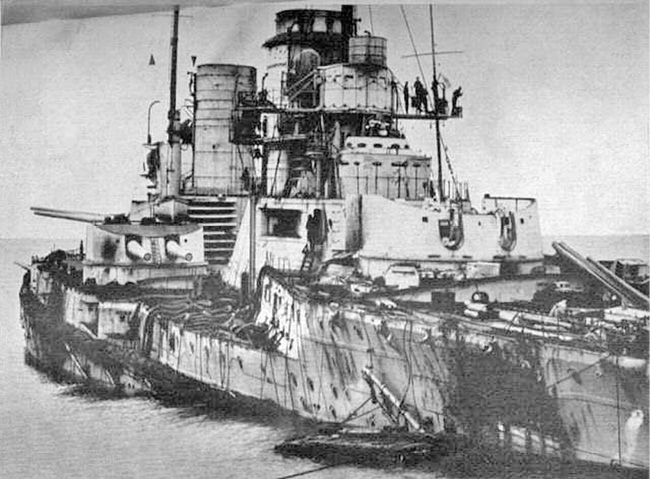The War at Sea
- At the start of the war, the British boasted the most powerful navy in the world.
- Despite this however, the war showed that newer technology could mean smaller fleets of the right kind of vessels could be more effective; German submarines - known as U-boats - proved this, with one sinking three British battlecruisers in just one hour.
- The word U-boat comes from their full German name - unterseeboot - which translates as ‘undersea boat’.
- The Germans built 360 U-boats during the war, losing just under half of them. In total they were responsible for sinking over eleven million tons of allied shipping.
- They tended to target merchant vessels, in an attempt to starve Britain of much-needed supplies.
- Due to the sinking of many merchant ships, Britain suffered serious food shortages leading the government to ban the use of rice at weddings and the feeding of pigeons.
- Over the course of the war, the Germans sunk around half of all of Britain’s merchant ships.
- The U-boat threat was eventually countered by grouping many ships together into a convoy which could defend itself better (with assistance from military vessels), along with the advancement of sonar technology.
- Britain’s ships were not used in WW1 to the same extent as other wars prior to or afterwards however, with the most important use being supporting the invasion of Gallipoli.
- The First World War however did see the largest clash of big-gun battleships of all time, where, on the 31st of May and the 1st of June 1916, the Royal Navy’s grand fleet fought the Imperial German Navy’s High Seas fleet. This took place in the North Sea near Jutland in Denmark, from where the battle gets its name.

SMS Seydlitz With Damage From the Battle of Jutland